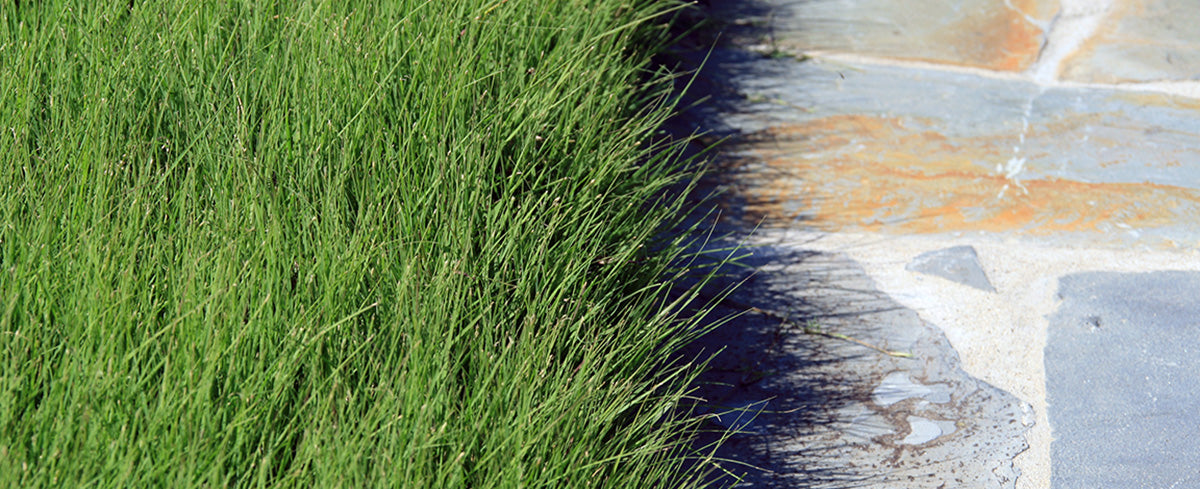
About

A Brief Buffalograss History
Buffalograss (Buchloe dactyloides) has been around for literally millions of years in North America, ranging from southern Canada to northern Mexico, along the region we now know as the Great Plains States.
Because of its extreme drought tolerance, turf researchers turned to Buffalograss in the 1980’s, eventually introducing seed varieties including ‘Cody’ and ‘Tatanka’, and the vegetative cultivars ‘609’, and ‘Prairie’, among others. These first generation selections were touted as “saviors of our environment”, but proved to be weak in both density and color. Plantings of these varieties performed even worse in California’s mediterranean climate, with very poor germination, establishment and dormancy periods of up to 6 months. Such experiences gave Buffalograss a bad rap in the landscape industry for awhile, but these grasses were the forerunners of varieties that would be much better.
The inclusion of Buffalograss in turf breeding and the turf industry was also notable because Buffalograss is the only native North American Turfgrass.
In 2000, turfgrass researchers from the University of Nebraska introduced ‘Legacy’, the first of “the modern Buffalograss cultivars” (introductions from 2000 forward). This introduction surpassed all older cultivars in every category, including color and density, and is particularly well-suited for the northern half of the United States.
UC Verde® Is Born
‘Legacy’ was followed in late 2003 by UC Verde®, an introduction from the University of California and a selection specifically bred for most of California and the low desert valleys, including Phoenix, Arizona. This cultivar was the result of years of research at UC Davis and Riverside. ‘UC Verde’® has been shown to get by on 12” of water per year and maybe less, makes a beautiful groomed turf at 2-3” tall, or it may be grown as a short meadow at 6 to 8” in height.
The water savings is 75% over tall fescue lawns, and 30 to 40% less than Bermuda, Zoysia and St. Augustine. The reduced mowing requirement of this grass (half that or less of fescue), disease and pest resistance, very low pollen count, performance on slopes for erosion control and tolerance of inundation as a storm water retention/bioswale grass all make a very good argument for looking at a grass cultivar that was bred in our state, for our state’s unique climate.

Lin L. Wu, Professor Emeritus of Environmental Horticulture, retired in 2006 after more than 27 years at the University of California Davis. His research focused on plant adaptation in soils with elevated levels of selenium and salinity. He also studied nutrition and stress in turfgrass and natural grassland species and analyzed salt tolerance and recycled water irrigation for turf and landscape management. Lin as well spent a number of years selecting and breeding for a Buffalograss strain that would perform in California’s dry climate, culminating in the introduction of ‘UC Verde’ Buffalograss, a patented UC plant, that was introduced in 2003.
